10 UMMA Objects
10 UMMA Objects
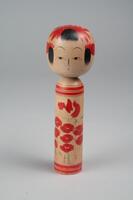
Japanese (Japanese (culture or style))
Kokeshi Doll
1925 – 1975
Gift of Harold W. Stevenson, University of Michigan Professor Emeritus in Psychology
2021/1.132
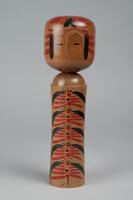
Japanese (Japanese (culture or style))
Kokeshi Doll
1925 – 1975
Gift of Harold W. Stevenson, University of Michigan Professor Emeritus in Psychology
2021/1.136
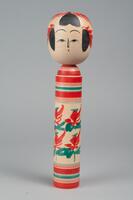
Japanese (Japanese (culture or style))
Kokeshi Doll
1925 – 1975
Gift of Harold W. Stevenson, University of Michigan Professor Emeritus in Psychology
2021/1.137
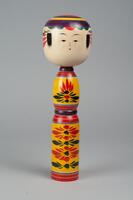
Japanese (Japanese (culture or style))
Kokeshi Doll
1925 – 1975
Gift of Harold W. Stevenson, University of Michigan Professor Emeritus in Psychology
2021/1.134
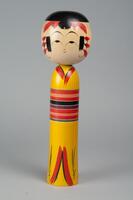
Japanese (Japanese (culture or style))
Kokeshi Doll
1925 – 1975
Gift of Harold W. Stevenson, University of Michigan Professor Emeritus in Psychology
2021/1.135
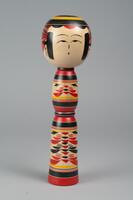
Japanese (Japanese (culture or style))
Kokeshi Doll
1925 – 1975
Gift of Harold W. Stevenson, University of Michigan Professor Emeritus in Psychology
2021/1.129

Japanese (Japanese (culture or style))
Kokeshi Doll
1925 – 1975
Gift of Harold W. Stevenson, University of Michigan Professor Emeritus in Psychology
2021/1.130
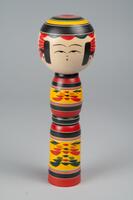
Japanese (Japanese (culture or style))
Kokeshi Doll
1925 – 1975
Gift of Harold W. Stevenson, University of Michigan Professor Emeritus in Psychology
2021/1.138
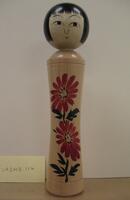
Japanese (Japanese (culture or style))
Kokeshi Doll
1925 – 1975
Gift of Harold W. Stevenson, University of Michigan Professor Emeritus in Psychology
2021/1.131
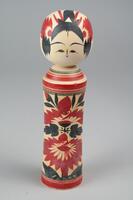
Japanese (Japanese (culture or style))
Kokeshi Doll
1925 – 1975
Gift of Harold W. Stevenson, University of Michigan Professor Emeritus in Psychology
2021/1.133
Loading…
